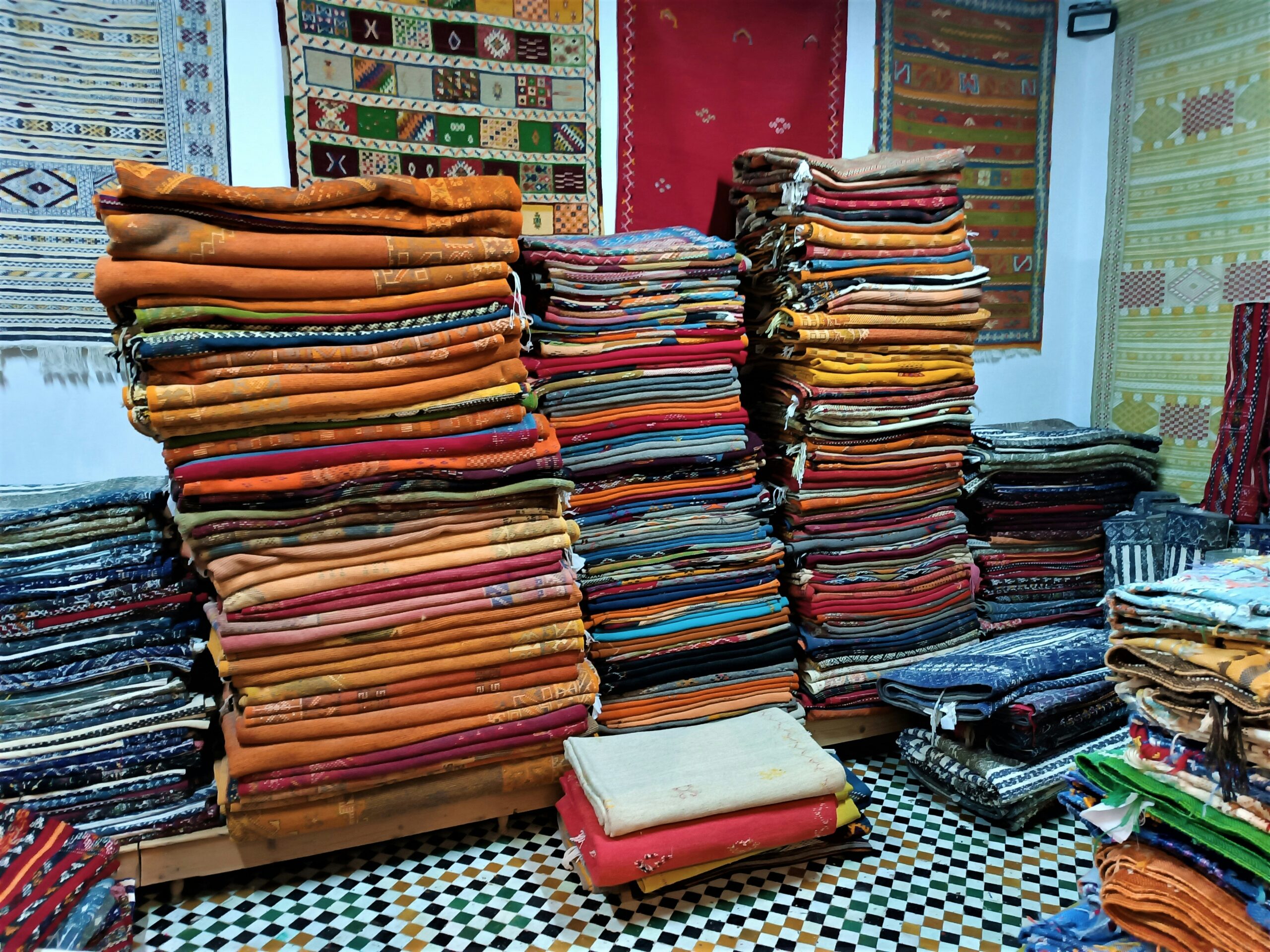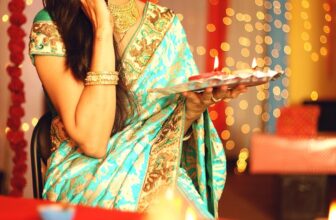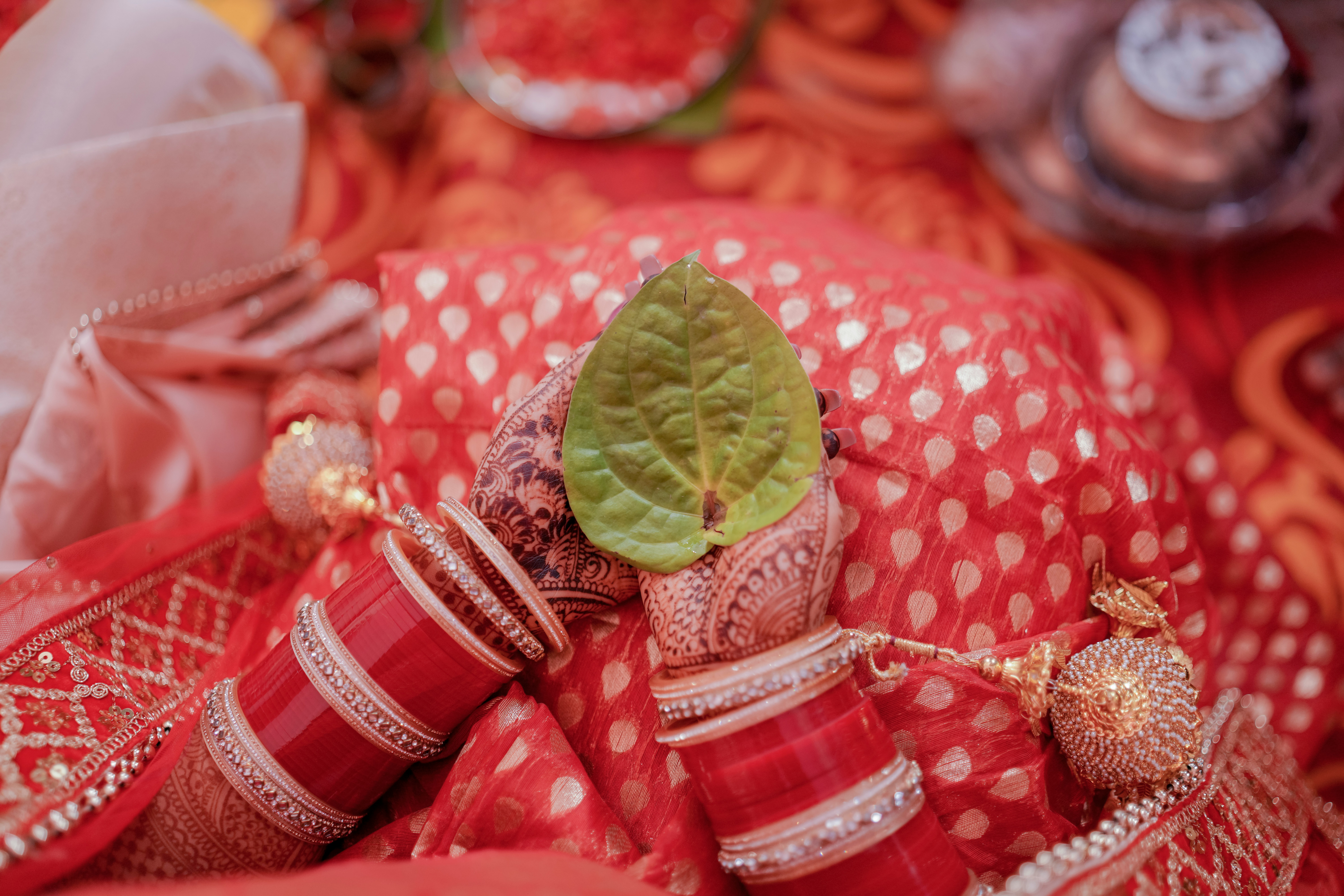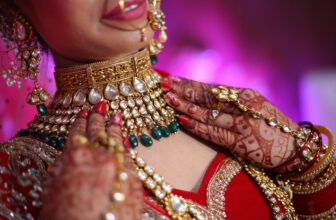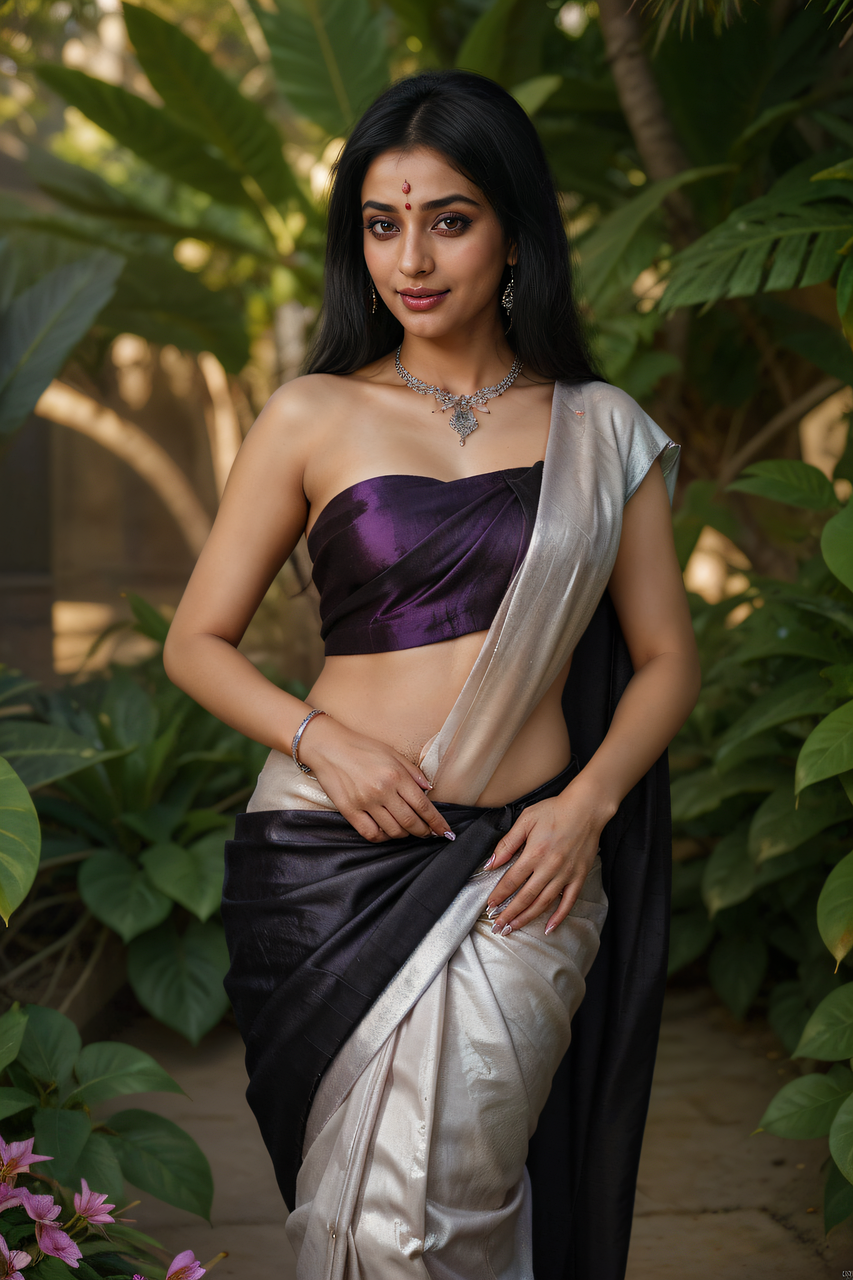
The saree, an iconic symbol of elegance and tradition, is one of the most versatile garments in the world. However, pleating a saree can feel daunting, especially if you’re new to draping or trying to make it look perfect for your unique body type. This guide will break down saree pleating tips to suit every body type, ensuring you look graceful and confident no matter the occasion.
Why Focus on Saree Pleating?
Pleating plays a crucial role in determining how the saree looks on you. Well-executed pleats can enhance your figure, create clean lines, and ensure you’re comfortable throughout the day. On the other hand, poorly done pleats can make the saree look bulky or unflattering.
Understanding the best pleating styles for your body type ensures you highlight your strengths and feel your best.
Understanding Your Body Type
Before diving into pleating techniques, it’s essential to identify your body type. Here are some common categories:
Pear-Shaped Body: Narrow shoulders with wider hips.
Apple-Shaped Body: Fuller around the midsection.
Hourglass Body: Balanced bust and hips with a defined waist.
Rectangle Body: Straight silhouette with minimal curves.
Petite Body: Short and slender frame.
Tall Body: Height overpowers the silhouette.
Let’s explore pleating tips for each body type.
Pleating Tips for Pear-Shaped Bodies
If you have a pear-shaped body, the goal is to balance your proportions by drawing attention to your upper body.
1. Focus on Narrow Pleats
Create narrow pleats for the pallu (the draped end of the saree) and pin them securely to keep the upper body looking sleek.
Avoid excessive pleats at the waist, as they can add bulk to the hips.
2. Use Lightweight Fabrics
Opt for flowing fabrics like chiffon or georgette, which drape smoothly over the hips.
Heavier fabrics like silk may add unnecessary volume.
3. Emphasize the Blouse Design
Choose blouses with embellishments or patterns to draw attention upward.
Pleating Tips for Apple-Shaped Bodies
For apple-shaped bodies, the focus should be on elongating the torso and minimizing attention to the midsection.
1. Go for Broad Pallu Pleats
Create broad, flowing pleats for the pallu and drape it over the shoulder for a long, vertical line.
Let the pallu flow freely rather than pinning it tightly to avoid emphasizing the midsection.
2. Avoid Excessive Waist Pleats
Stick to minimal pleats at the waist to reduce bulk around the stomach area.
3. Choose Darker Saree Colors
Dark or monochrome sarees with vertical patterns create a slimming effect.
Pleating Tips for Hourglass Bodies
With an hourglass figure, the focus is on accentuating your curves without overwhelming them.
1. Perfectly Symmetrical Pleats
Ensure your pleats are even and symmetrical to maintain a balanced look.
Keep the pallu pleats moderate in width to complement your proportions.
2. Highlight the Waist
Drape the saree tightly around the waist to showcase your defined curves.
3. Experiment with Fabrics
Almost all fabrics, from silk to chiffon, flatter an hourglass figure. Choose based on the occasion and comfort.
Pleating Tips for Rectangle-Shaped Bodies
For a rectangle-shaped body, the goal is to create the illusion of curves.
1. Add Volume with Pleats
Create generous pleats at the waist to add fullness and dimension.
Let the pallu flow freely to add movement.
2. Opt for Heavy Fabrics
Fabrics like Kanjeevaram silk or Banarasi sarees add volume and structure.
Avoid overly lightweight fabrics, as they may cling to the body and emphasize the straight silhouette.
3. Experiment with Belted Drapes
Cinch the saree with a stylish belt to define the waist and create an hourglass illusion.
Pleating Tips for Petite Bodies
For petite women, the aim is to elongate the frame and avoid overwhelming the small silhouette.
1. Choose Fewer Pleats
Keep the waist pleats minimal to avoid adding unnecessary bulk.
Use a simple, sleek pallu with minimal pleats.
2. Opt for Lighter Fabrics
Lightweight materials like chiffon, crepe, or georgette flow seamlessly and don’t overpower a petite frame.
3. Stick to Small Prints or Solids
Avoid large prints, as they can overwhelm your frame.
Vertical patterns and small motifs create an elongated look.
Pleating Tips for Tall Bodies
Tall women have the advantage of carrying off almost any saree style. The goal is to balance the height and avoid making the saree look disproportionate.
1. Go for Wider Pleats
Wider pleats at the waist and on the pallu create a balanced look.
2. Play with Layers
Experiment with layered draping styles that add dimension to the look.
A double-pallu style can add a touch of sophistication and break up the length.
3. Choose Bold Prints and Heavy Fabrics
Large motifs, bold patterns, and heavier fabrics like Kanjeevaram or cotton silk add structure and complement taller frames.
General Saree Pleating Tips for All Body Types
1. Use Pleating Tools
Pleating tools or clips can make the process easier and ensure your pleats are even and neat.
2. Secure with Pins
Always secure pleats with safety pins to keep them in place and avoid adjusting throughout the day.
3. Drape According to Occasion
Formal events call for clean, tight pleats and elegant draping.
Casual settings allow for relaxed pleats and a flowing pallu.
4. Match the Saree to Your Personality
Comfort and confidence are key. Choose sarees and pleating styles that reflect your personality and make you feel at ease.
Conclusion
Saree pleating is an art that can be mastered with practice and a little understanding of your body type. By tailoring your pleating techniques to your unique frame, you can enhance your natural beauty and carry this traditional garment with confidence and grace.
Whether you’re dressing for a wedding, festival, or a casual day, these tips will ensure you look stunning while celebrating the timeless elegance of the saree.



